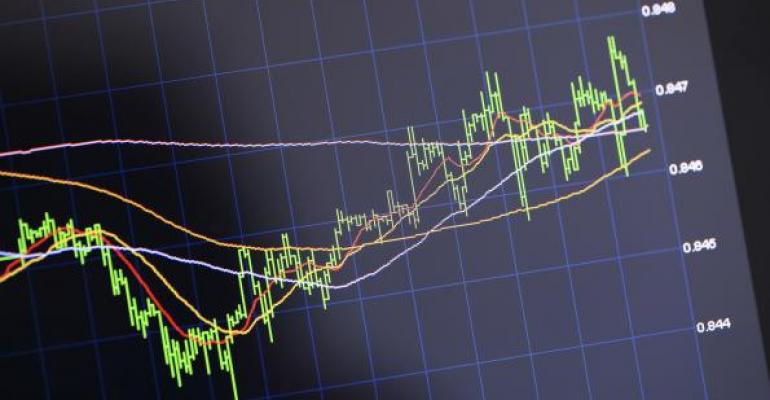Oil prices have been more than halved over the past three years. That’s bad for oil producers but has been a boon to consumers. Short-sellers in the futures pits (well, the virtual futures pits, anyway) have also profited handsomely from the decline in crude prices. But now, those same traders are puzzling out oil’s next move. Are prices headed further south, or are they due to rebound?
The folks at Goldman Sachs have lined up on the bullish side. In a recent research note, Goldman’s European energy team argues that prices are below shale producers’ marginal cost of production—an unsustainable condition that’s likely to precipitate a pullback in output. That should, says Goldman, lever prices upward.
Analysts at Seaport Global Securities think otherwise. They say the glut of oil isn’t going to be mopped up anytime soon. In fact, Global believes crude’s headed to $20 a barrel by early next year, largely due to a ramp-up in oil-rig counts.
Both views are entirely plausible. And they’re not mutually exclusive. Oil prices could certainly sell off hard in the near term before rebounding. That, in fact, seems the more probable course technically.
There are about a half-dozen ways opportunistic investors can play the short side of the oil market without stepping directly into futures. These are exchange traded funds (ETFs) and notes that can be bought and sold within a securities account. Each has a unique mix of underlying index methodologies, leverage factors and risk exposures.
The first inverse products to hit the market were low on leverage; as new notes and funds came to market, gearing’s been ramped up. The most recent entries offer -300 percent (-3x) exposure to the oil market, but are so new it’s hard to evaluate their real-time performance. Four products, though, have been around long enough to produce three-year track records.
Yes, I know we’re not supposed to hold inverse and leveraged products for long periods, but bear with me for a moment.

Two of the products, the DB Short Crude Oil ETN (NYSE Arca: SZO) and the DB Crude Oil Double Short ETN (NYSE Arca: DTO) are exchange traded notes and therefore convey credit risk. A fair bit of credit risk considering their issuer is Deutsche Bank. That’s enough to make me edgy, no matter how good the notes’ performance. If the bank goes under—a real concern lately—note holders could be wiped out.
Of the remaining products, one—the ProShares UltraShort Bloomberg Crude Oil ETF (NYSE Arca: SCO)—bestows some useful leverage. Of course, leverage is most useful when the oil market is headed downward. Daily compounding of the inverse oil return can magnify gains and loss. Rebalancing may be required to hold a position for longer periods of time.
You can see how the returns of the SCO fund have diverged from that of spot oil price in the chart below.

Spot WTI crude’s now trading at the $43 level, with a near-term technical objective of $40 per barrel. With SCO’s beta coefficient, it’d be reasonable to expect the ETF to produce a 14 percent gain on such a move. If WTI decisively breaks below the $40 level, though, SCO’s price could advance as much as 26 percent.
For investors with a bearish outlook on oil, SCO offers an intriguing way to exploit the market’s current downward momentum. Yes, there’s risk, but it’s a lot less than that absorbed in the futures market.
Brad Zigler is WealthManagement's Alternative Investments Editor. Previously, he was the head of Marketing, Research and Education for the Pacific Exchange's (now NYSE Arca) option market and the iShares complex of ETFs.

